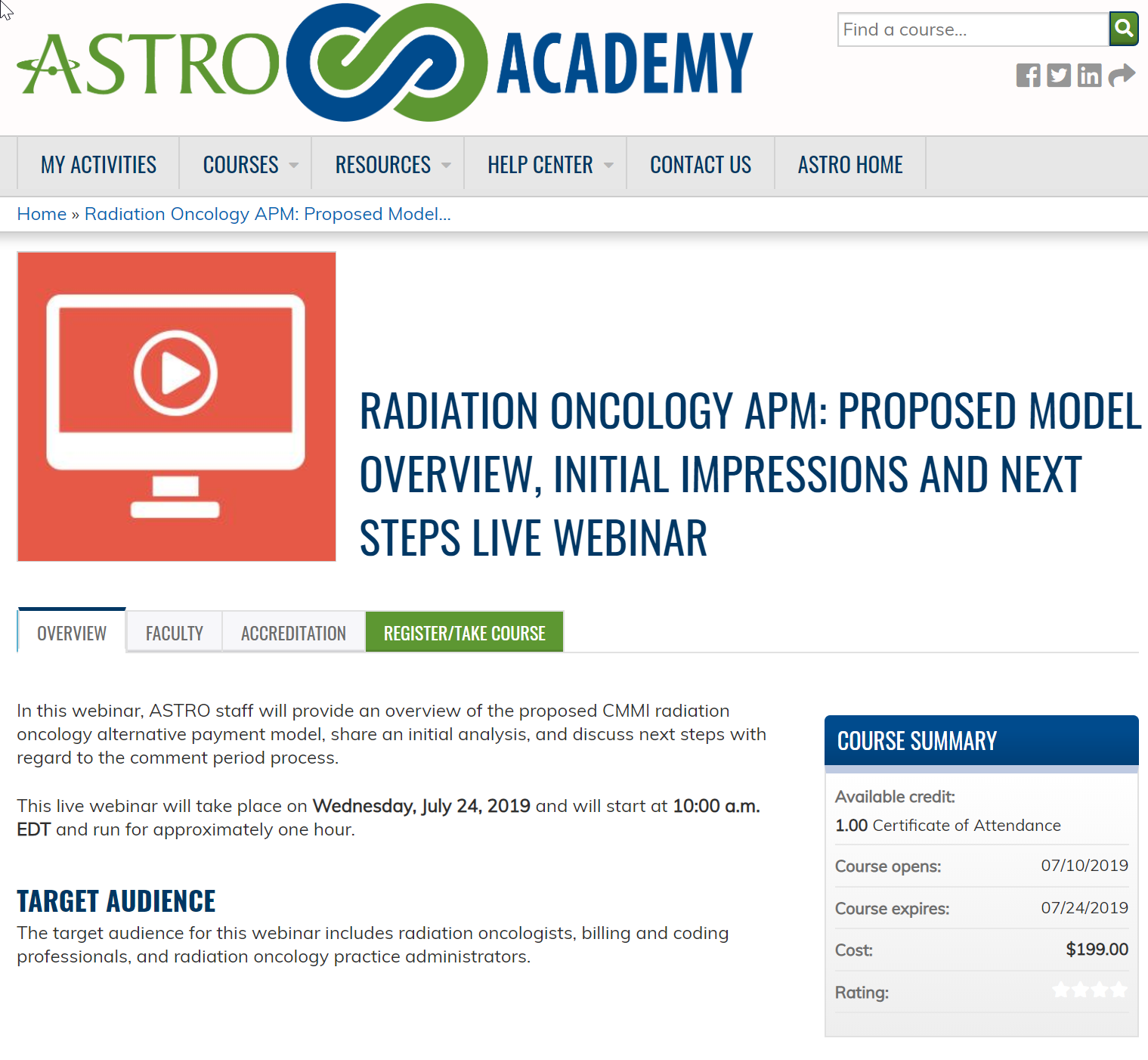I don’t disagree that expansion is worse, but it’s also been slow moving. Markets react and better to slow changes. Here, we’re talking about a massive nationwide incentive to adopt hypofractionated treatment overnight.
Every practice in the country will be strongly incentivized to go from 40->20 (or 5) on prostate, 30->15 on breast, 10-> 1 on bone mets overnight. There is the potential for HUGE financial gain here. There will be some mitigating factors like oligomets, aging pop, etc., but clinical volumes and hiring will utterly tank while all the excess is wrung out of the system.
I wouldn't describe it as overnight. CMMI has been signaling about this for a few years now, ASTRO has been pushing for it, and several large private practices (one in NY I'm thinking of) already have bundled payment contracts with private payers.


